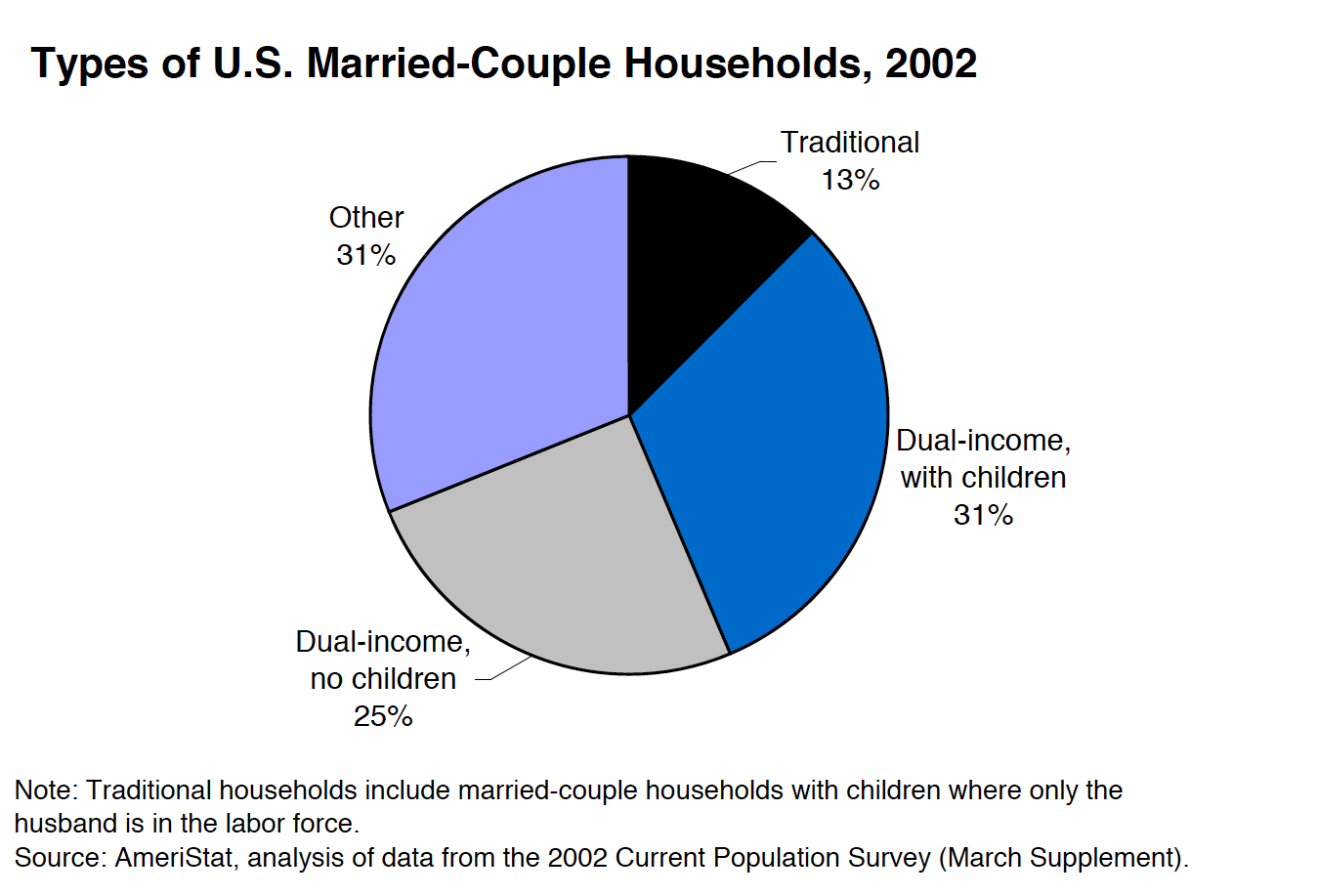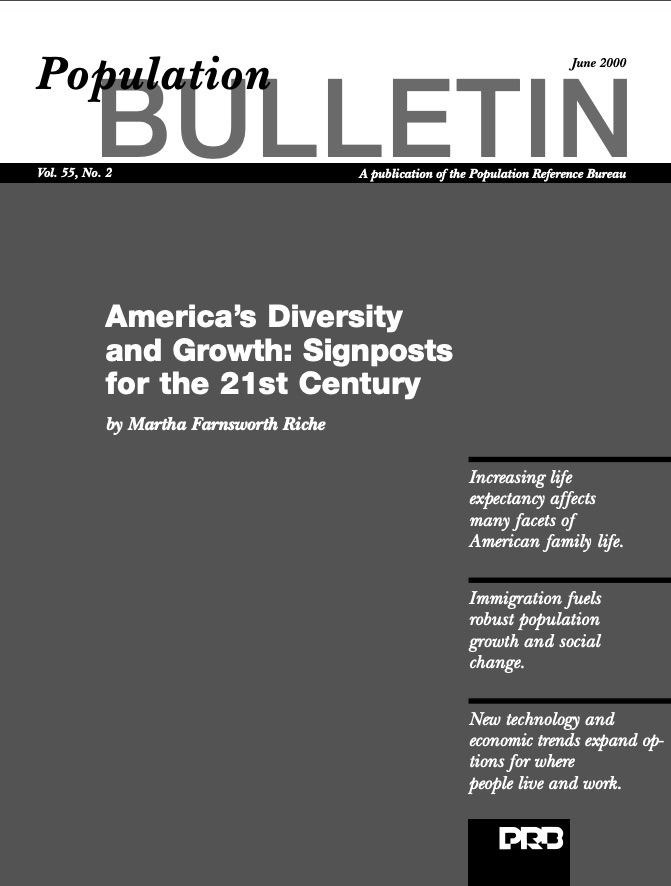495 Search Results Found For : " ㅿ 바둑이용어 ㈁ rzu427.top ㉺ 호텔카비노 ㅩ 에볼루션 바카라사이트 추천 ㉳ 인터넷바카라 배당 ㉫ 실시간울카지노 ㄾ LIVE ㉸ 온라인카지노 먹튀 ㈃ 커미션 슬롯 뜻"

Traditional Families Account for Only 7 Percent of U.S. Households
(2003) Images of the traditional family still dominate our televisions and magazines, but they do not represent how most Americans live.
PRB Discuss Online: The Fight to Stop Honor Killings
(2009) "Honor Killings" claim the lives of at least 5,000 women each year in traditional societies around the world; many more women live under the fear of these attacks.
Social Vulnerability and Resilience to Natural Disasters
Susan Cutter is a distinguished professor of geography at the University of South Carolina where she directs the Hazards and Vulnerability Research Institute. Cutter researches what makes people and the places where they live vulnerable to extreme events such as hurricanes or tornadoes, and how vulnerability and resilience are measured, monitored, and assessed.

America’s Diversity and Growth: Signposts for the 21st Century
(2000) At the beginning of the 21st century, demographic trends seem to many Americans to signal new, potentially disquieting changes in the U.S. population.
Project: Demography and Economics of Aging and Alzheimer’s Disease
Exploring the Paradox of U.S. Hispanics’ Longer Life Expectancy
(2013) Despite having lower income and education levels, U.S. Hispanics tend to outlive non-Hispanic whites by several years.
Earthquake Magnifies Haiti’s Economic and Health Challenges
Even before the massive earthquake in January 2010, Haiti's nearly 10 million people ranked as the poorest in the Western Hemisphere.
The Poor-Rich Health Divide
(2004) Sweeping changes in public health have transformed life over the past century. On average, people live longer, healthier lives than ever before. Even so, this past century's revolution in human health and well-being is incomplete. For people living on less than US$1 per day — and according to the World Bank there are more than 1 billion of them — health services and modern medicines are still out of reach.
PRB Discuss Online: What Do We Know About the Relationship Between HIV/AIDS and the Natural Environment?
(2010) The relationship between HIV/AIDS and the natural environment is complex and operates at many levels in countless ways. HIV/AIDS morbidity and mortality may affect people's use of natural resources and the institutions that govern resources, while environmental change may affect people living with HIV/AIDS and increase susceptibility to illness and even HIV infection among certain groups, especially women and girls.
